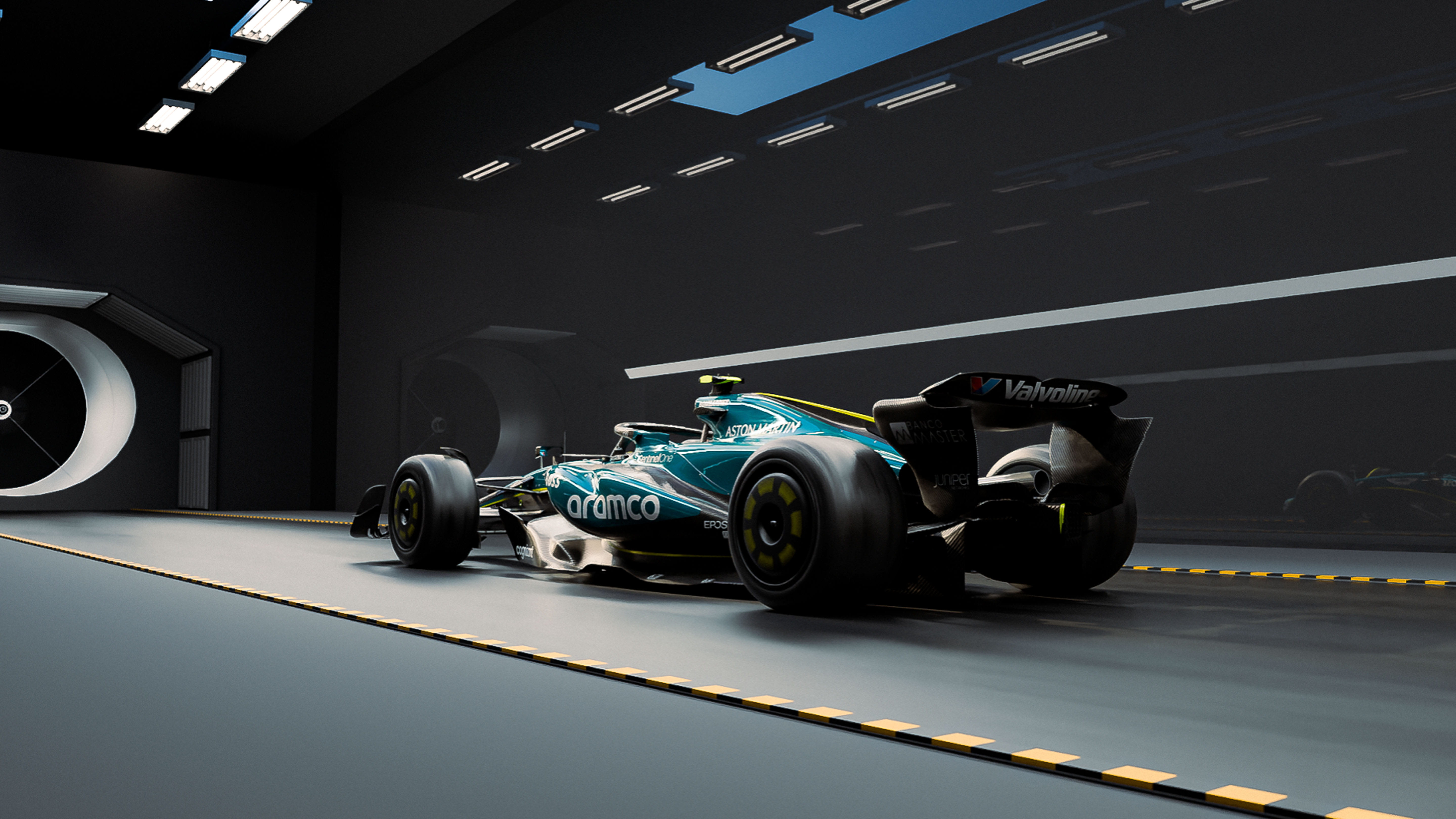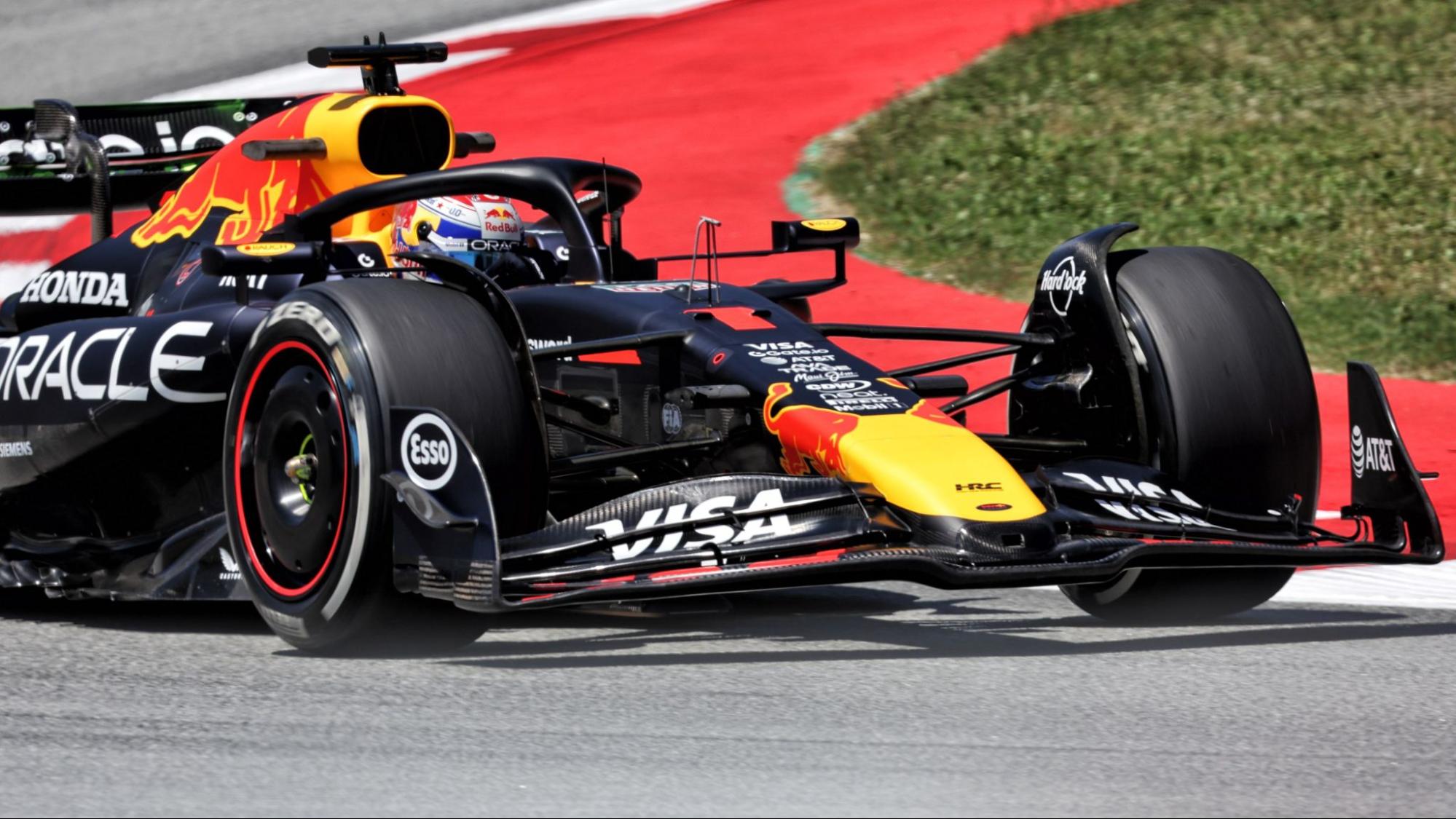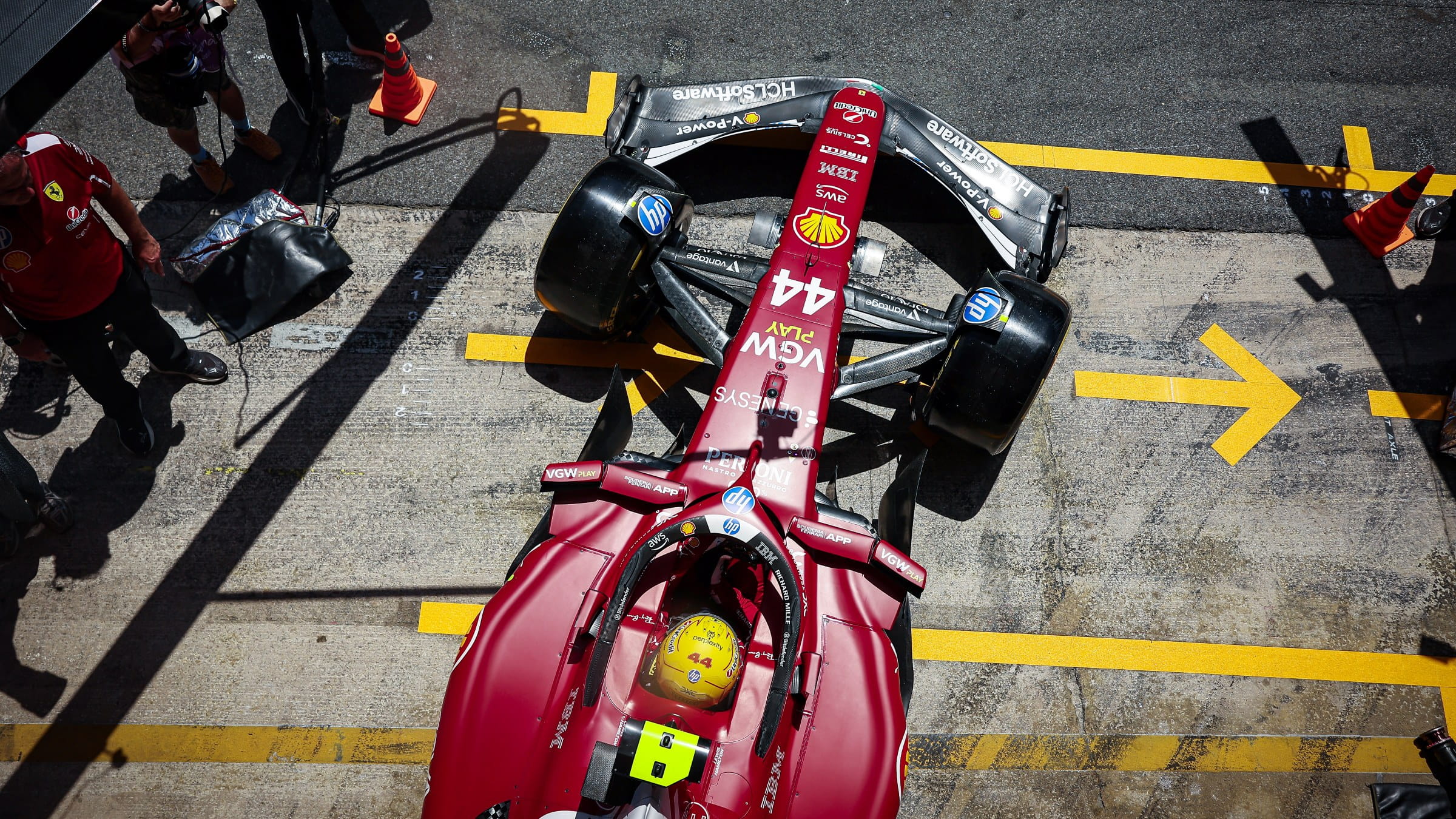Event
The Formula 1 engineer’s guide to the 2025 Canadian Grand Prix at Circuit Gilles-Villeneuve
by Raceteq
3min read
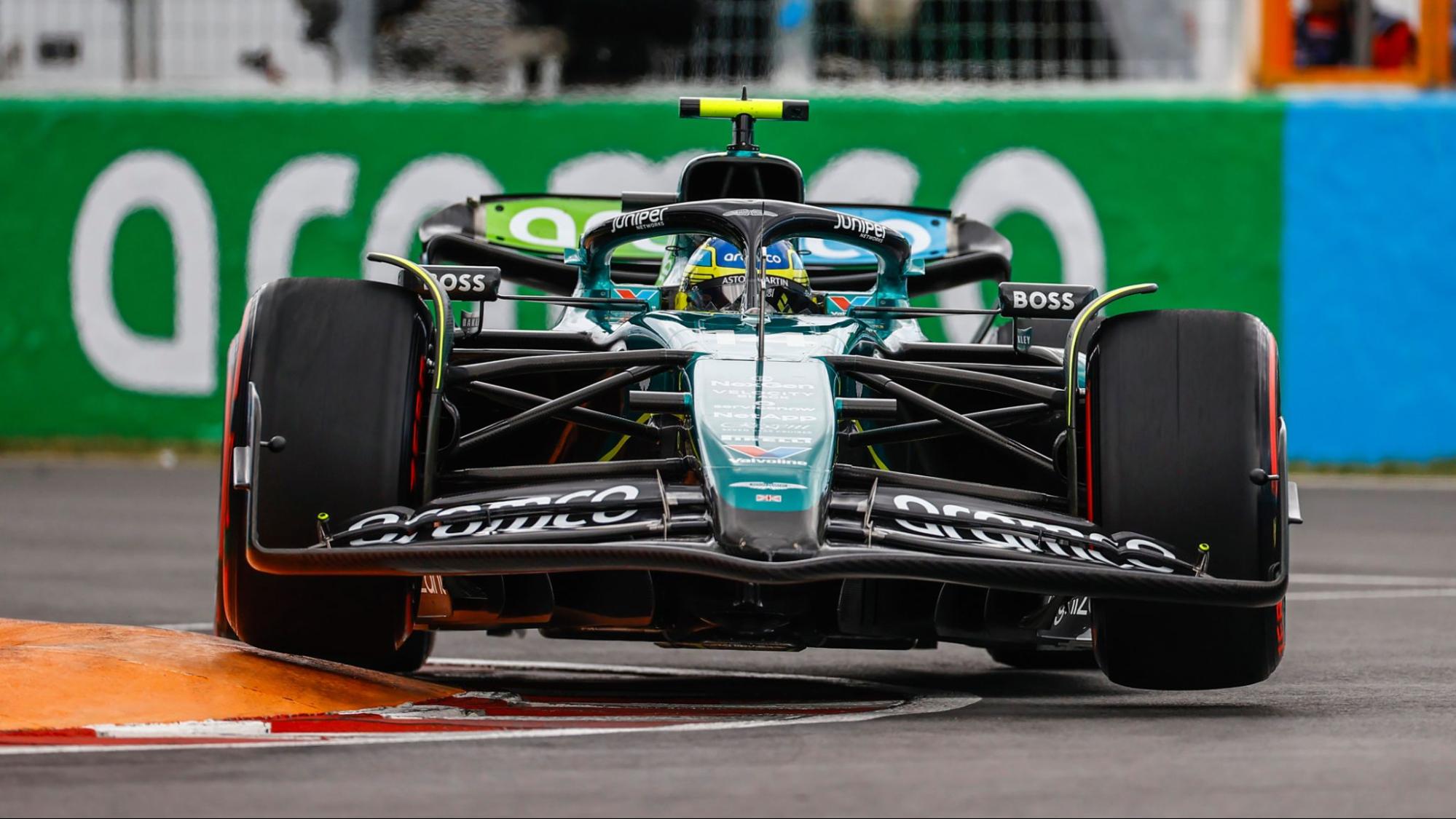
A historic circuit with a corner that can catch even the most experienced drivers out: this is the 2025 Formula 1 Canadian Grand Prix at Montreal’s Circuit Gilles-Villeneuve.
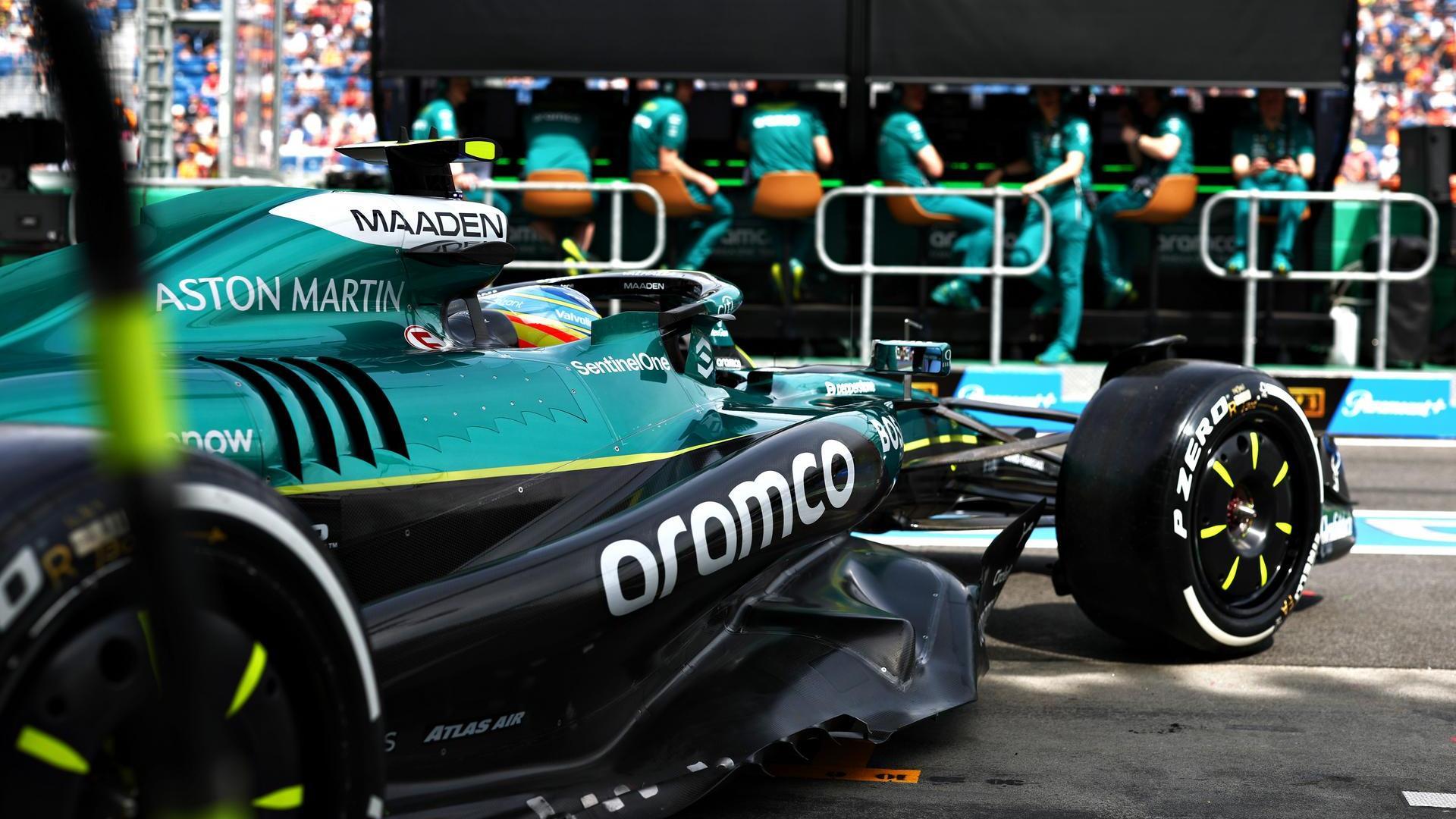
Sign up for a newsletter and we'll make sure you're fully up-to-date in the world of race technology
This track may be known for its Wall of Champions - the final chicane where champions such as Michael Schumacher, Jacques Villeneuve, and Damon Hill have crashed out - but there’s plenty more to consider for F1 teams as they prepare for the Canadian GP.
F1 tyre supplier Pirelli has nominated its softest three compounds for this year’s race at Montreal, as it did at Monaco and Imola.
Aston Martin Aramco Formula 1 Team deputy performance engineer Tim Wright covers the challenges that teams will have to face in Canada.
.jpg?cx=0.5&cy=0.5)
Pirelli's preview graphic for the 2025 Formula 1 Canadian Grand Prix
Circuit Gilles-Villeneuve, Canada
Length: 4.361 kilometres
Number of laps: 70
Number of turns: 14
“This is a really difficult circuit, but not one like Spa-Francorchamps or Suzuka. Those ones test the car at a lot of different speeds,” says Wright.
“But Circuit Gilles-Villeneuve isn’t particularly demanding from a speed range point of view, because most of the track consists of low- and medium-speed corners. Turn 5 and the Turn 12 kink that leads onto the long straight are the only two high-speed corners here.
“To be honest, these F1 cars can go flat-out through those corners without any trouble.
“So, this is a circuit where you need efficiency as it has a lot of straight-line sections. It’s a medium-downforce track.
“Unlike Monaco, where you’re dealing with a high-downforce track where the decisions have been made for you, it’s a different story here; if you turn up with a lower-downforce wing for qualifying you might have the right wing level for Saturday, but it’s the wrong one for other sessions.
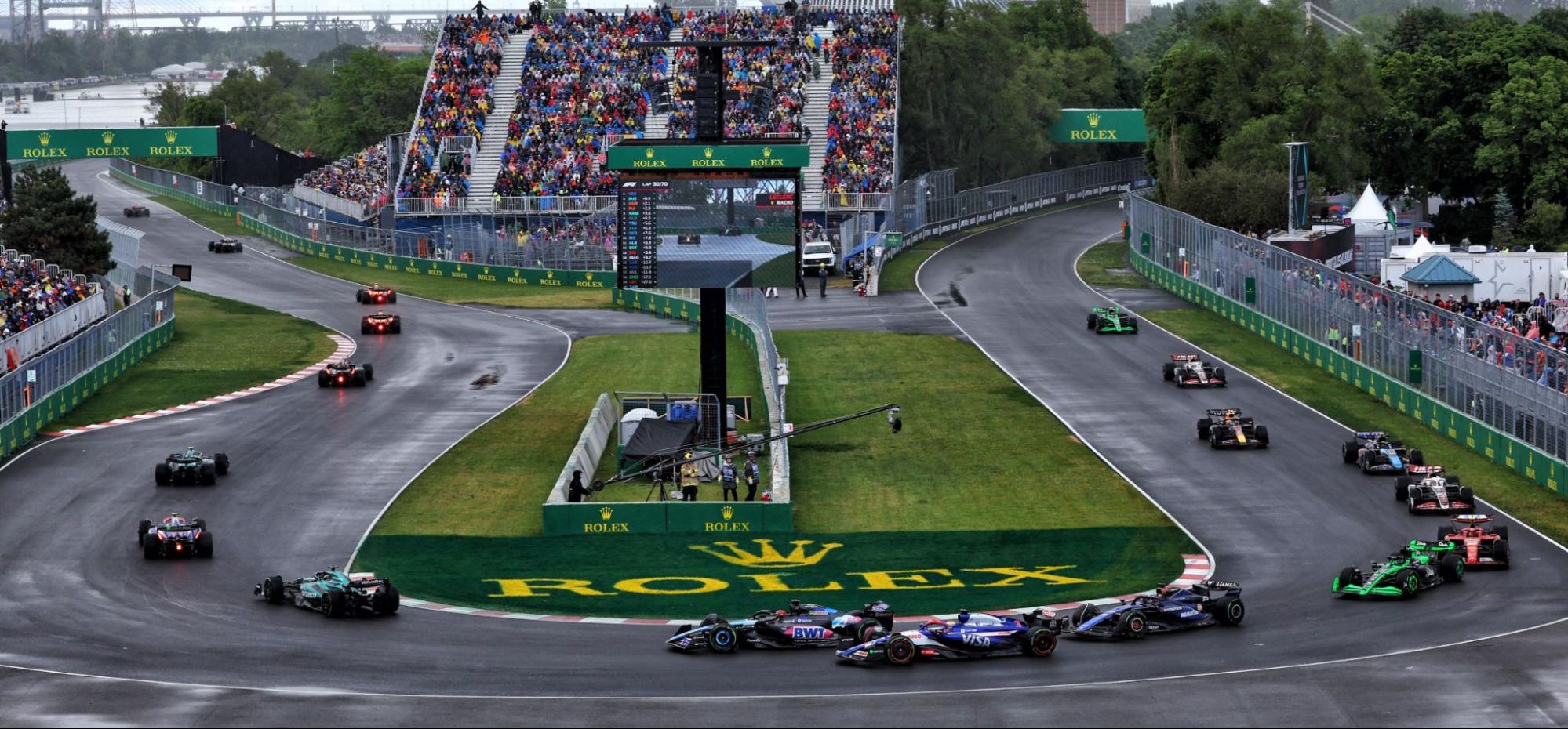
The hairpin that leads onto the long straight at Circuit Gilles-Villeneuve, where entry and exit is key
“The chief set-up choice here revolves around which side of medium downforce you’ll choose.
“It might take you time to get back to that perfect set-up if you keep changing wing specifications. You just can’t be at the maximum rear wing level.
“You do need compliance over the kerbs as well, which demands softer suspension.
“The track surface dictates that you’ll always be searching for more aerodynamic grip and there are reasonably high braking demands - a lot of straight-line braking into low-speed corners - so you’ve got to make sure the car’s working well with that as corner entry and exit is really important.
“You end up in a situation where the driver complains of mid-corner understeer, where you’re waiting for the front end to bite, but you just need to make sure that entry stability and traction are good enough - without putting the biggest rear wing on the back, as that will compromise straight-line speed.
“It’s important to note that the track itself isn’t permanent, so the surface itself is pretty old. Parts of it get resurfaced from time to time but that work doesn’t last very long because it’s 30 degrees [Celsius] in summer and -30 degrees in winter.
“Furthermore, as this is a temporary circuit, track evolution plays a key role throughout the weekend and grip levels will ramp up from Friday to Sunday - as long as rain doesn’t wash that rubber away.”

